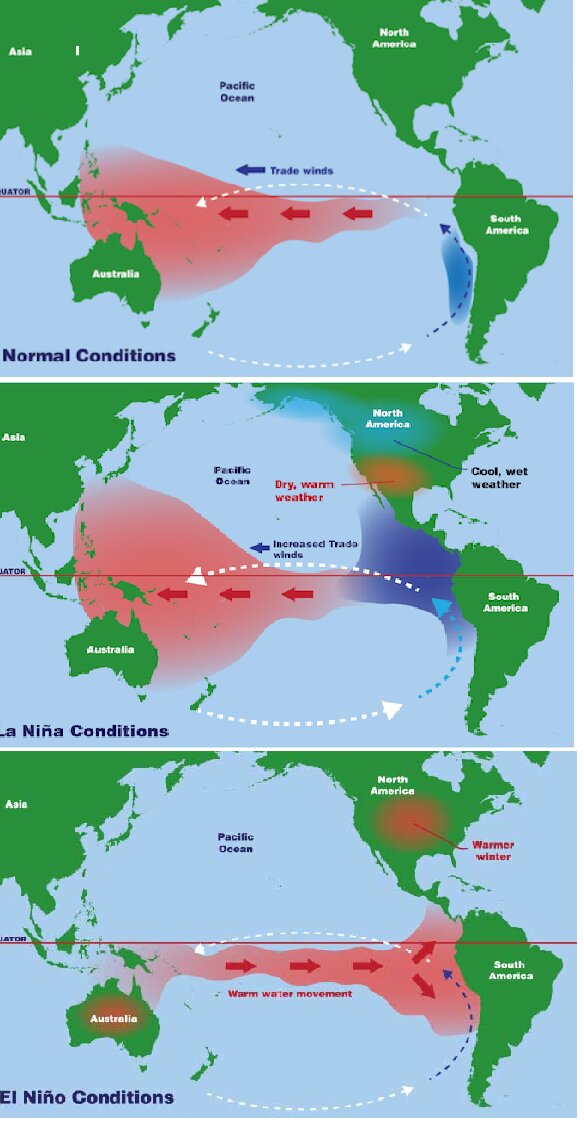IMD Forecasts Surplus Rains | 06 Aug 2020
Why in News
According to the India Meteorological Department (IMD) rainfall in the “second half of the monsoon” is likely to be 104% of the Long Period Average (LPA).
- This falls within the “normal” range of rainfall.
Key Points
- Long Period Average (LPA): It is the average rainfall recorded during the months from June to September, calculated during the 50-year period, and is kept as a benchmark while forecasting the quantitative rainfall for the monsoon season every year.
- IMD maintains an independent LPA for every homogeneous region of the country, which ranges from 71.6 cm to 143.83 cm.
- IMD maintains five rainfall distribution categories on an all-India scale. These are:
- Normal or Near Normal: When per cent departure of actual rainfall is +/-10% of LPA, that is, between 96-104% of LPA.
- Below Normal: When departure of actual rainfall is less than 10% of LPA, that is 90-96% of LPA.
- Above Normal: When actual rainfall is 104-110% of LPA.
- Deficient: When departure of actual rainfall is less than 90% of LPA.
- Excess: When departure of actual rainfall is more than 110% of LPA.
- This year increased rainfall is attributed to the commencement of La Nina like conditions by the second half of the monsoon season.
- La Nina is a climate pattern that describes periods of below-average sea surface temperatures across the east-central Equatorial Pacific.
- La Nina is considered to be the counterpart to El Nino, and its impacts tend to be opposite those of El Niño.
- Together, they form the "cold" (La Nina) and "warm" (El Nino) phases of the El Nino-Southern Oscillation (ENSO).
India Meteorological Department
- IMD was established in 1875.
- It is an agency of the Ministry of Earth Sciences of the Government of India.
- It is the principal agency responsible for meteorological observations, weather forecasting and seismology

